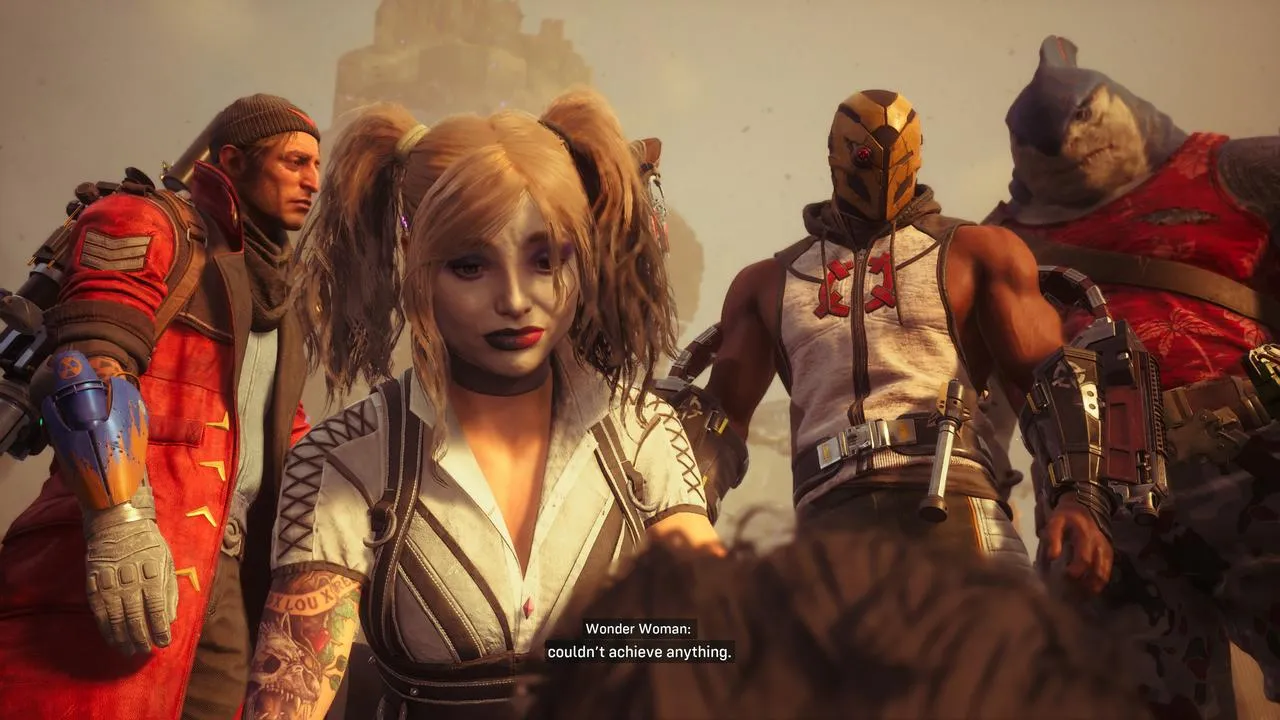
Suicide Squad: Kill the Justice League Review: A Fun but Flawed Superhero Romp
Contents
The superhero genre has seen its share of ups and downs recently, both in film and video games. While Marvel’s Spider-Man 2 continues to swing high, other team-based superhero titles like Marvel’s Avengers and Marvel’s Guardians of the Galaxy have unfortunately fallen short, with the former even shutting down its servers. Fans eagerly awaited Rocksteady Studios, the creators of the acclaimed Batman: Arkham series, to revitalize the genre with Suicide Squad: Kill the Justice League. However, following a lukewarm reception to its initial gameplay reveal and a significant delay, the question remained: could this game deliver on its promise and reignite faith in superhero games?
 Deadshot, Harley Quinn, King Shark, and Captain Boomerang stand together.
Deadshot, Harley Quinn, King Shark, and Captain Boomerang stand together.
A Chaotic Crew with Killer Chemistry
Suicide Squad: Kill the Justice League unfolds in a Metropolis ravaged by Brainiac’s alien invasion. With the Justice League brainwashed and under his control (except for Wonder Woman), Amanda Waller assembles Task Force X – Deadshot, Harley Quinn, Captain Boomerang, and King Shark – to save the world. This unlikely alliance of eccentric villains turned reluctant heroes is the game’s greatest strength. Their contrasting personalities and abilities create a compelling dynamic, especially during confrontations with the Justice League.
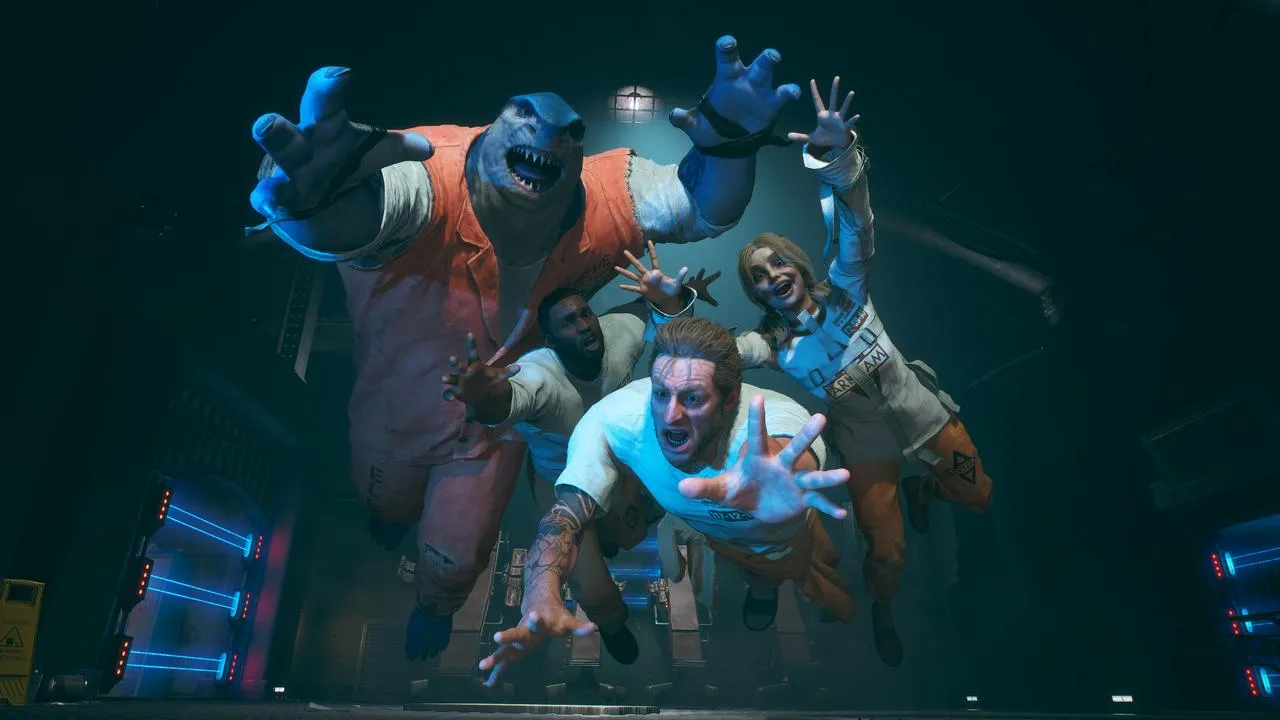 King Shark, Captain Boomerang, Harley Quinn, and Deadshot in action.
King Shark, Captain Boomerang, Harley Quinn, and Deadshot in action.
While the narrative embraces a parodic tone, the quality of the animation and voice acting shines. From facial expressions to witty banter, each character feels authentic and alive. Boomerang’s sarcastic humor, Harley Quinn’s chaotic energy, and King Shark’s surprisingly insightful naiveté consistently entertain. Rocksteady’s character designs are also commendable, capturing the essence of each squad member’s “badass” nature as depicted in the comics.
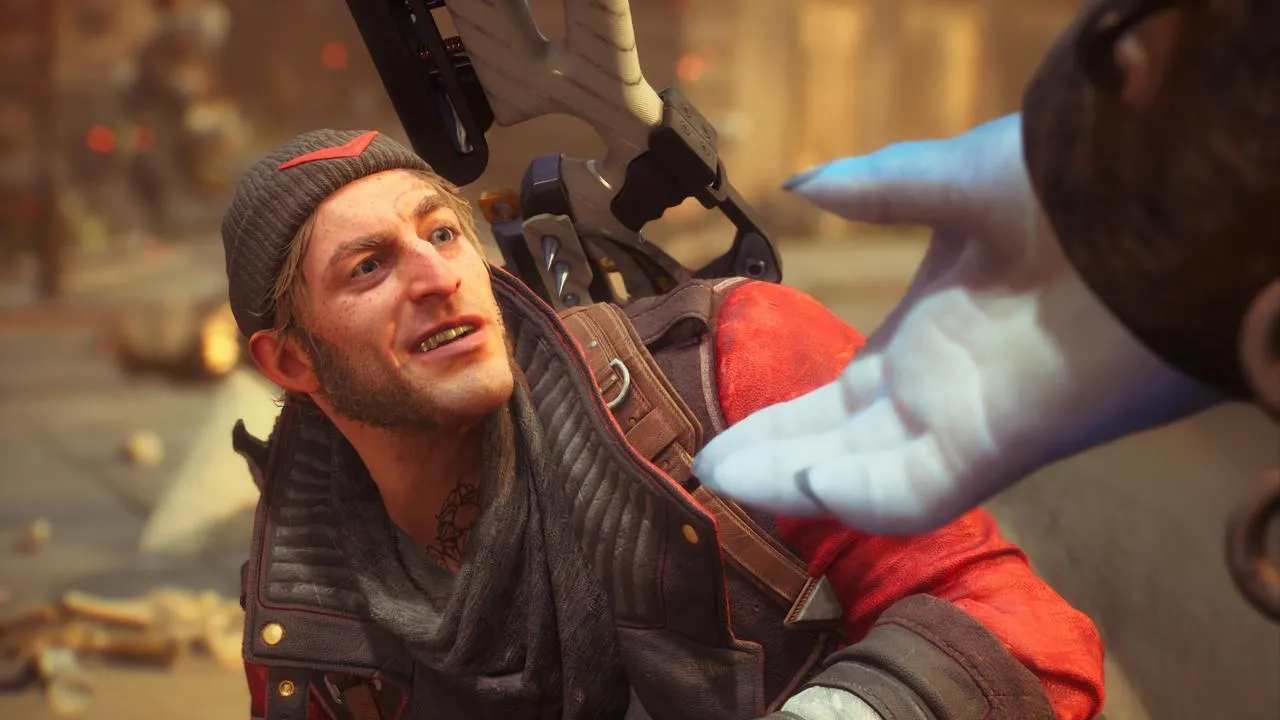 Harley Quinn swinging her baseball bat.
Harley Quinn swinging her baseball bat.
Engaging Combat with a Unique Twist
Initially, the decision to make Suicide Squad: Kill the Justice League a third-person shooter looter seemed questionable, especially considering the melee-focused combat of the Batman: Arkham games. However, the core gameplay is surprisingly enjoyable. Whether it’s bashing enemies with Harley Quinn’s bat, slashing with King Shark’s claws, or sniping from afar as Deadshot, each character offers a distinct playstyle. The ability to seamlessly switch between characters, even in single-player, adds a layer of tactical depth.
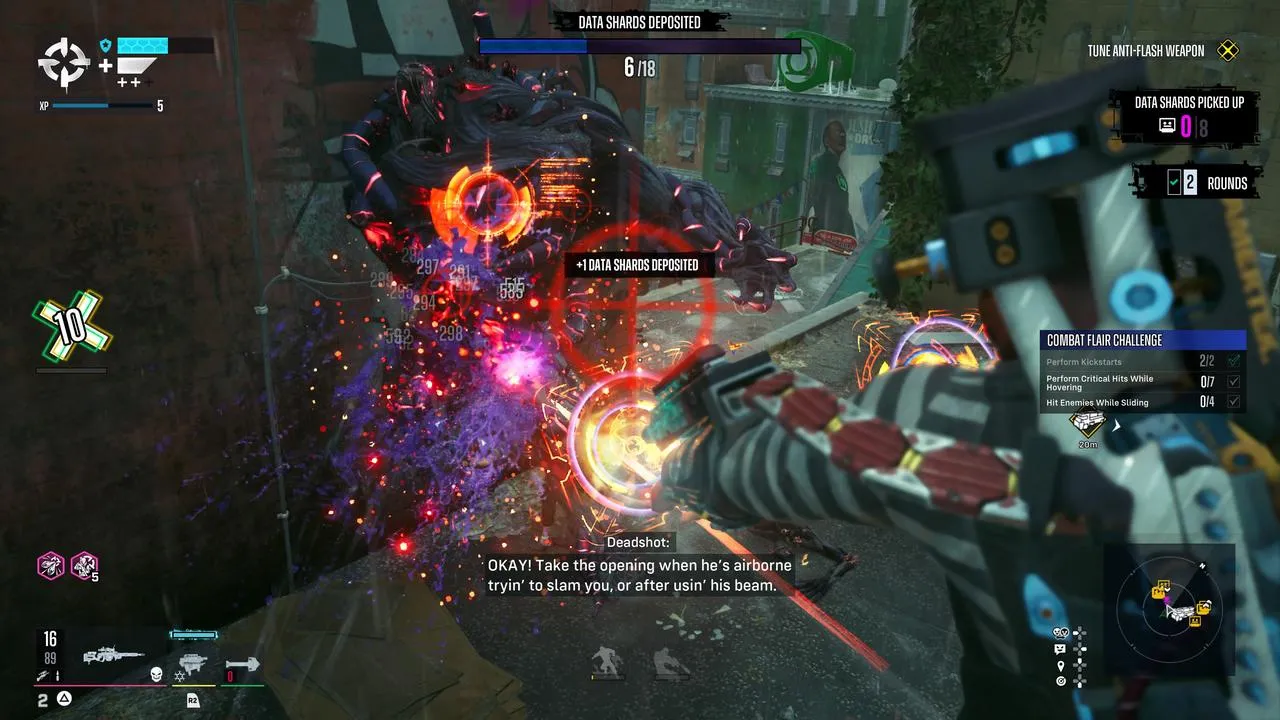 Deadshot firing his wrist-mounted guns.
Deadshot firing his wrist-mounted guns.
The game’s traversal system is another standout feature. Each character has unique movement abilities, from Deadshot’s jetpack to King Shark’s powerful leaps and Harley Quinn’s acrobatic swings. This verticality, combined with abilities like counter-shots, shield-harvesting, and devastating suicide strikes, keeps the combat fast-paced and engaging.
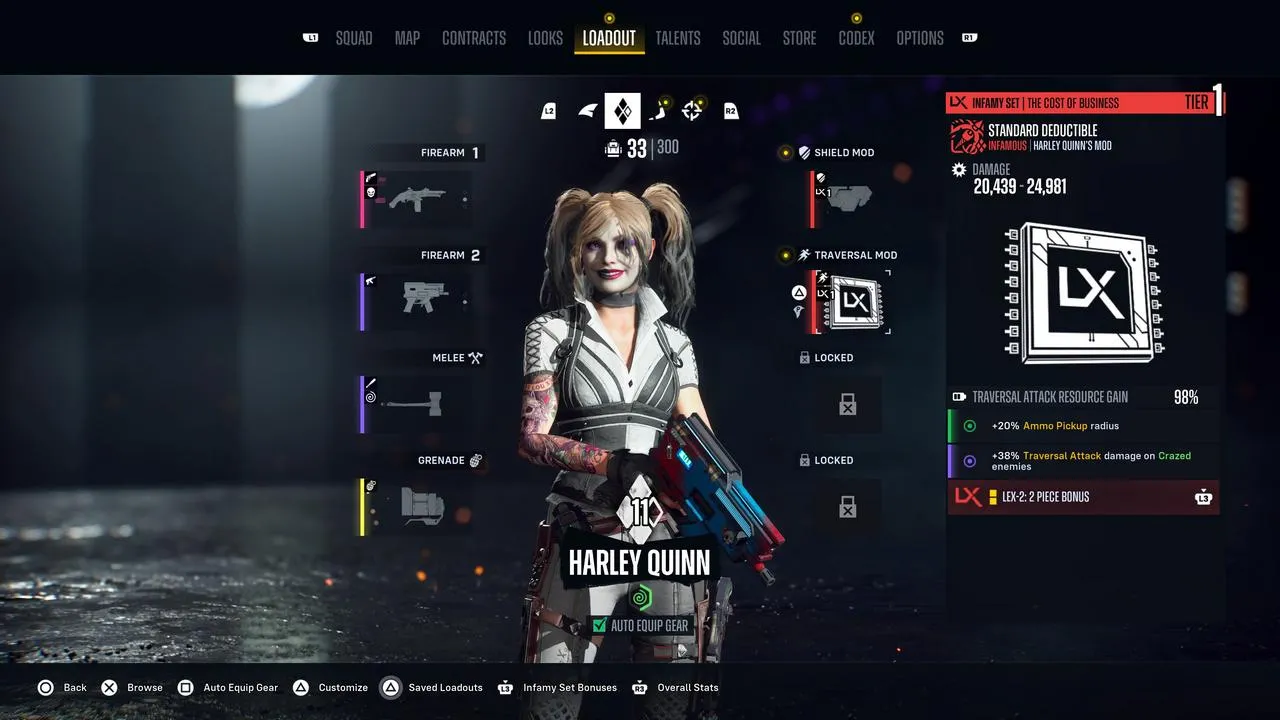 King Shark leaping towards an enemy.
King Shark leaping towards an enemy.
Furthermore, the gear system and skill trees offer a good degree of customization. Experimenting with different builds and finding unique gear combinations, like a legendary grenade that significantly boosts damage at the cost of your own shields, adds another layer of enjoyment.
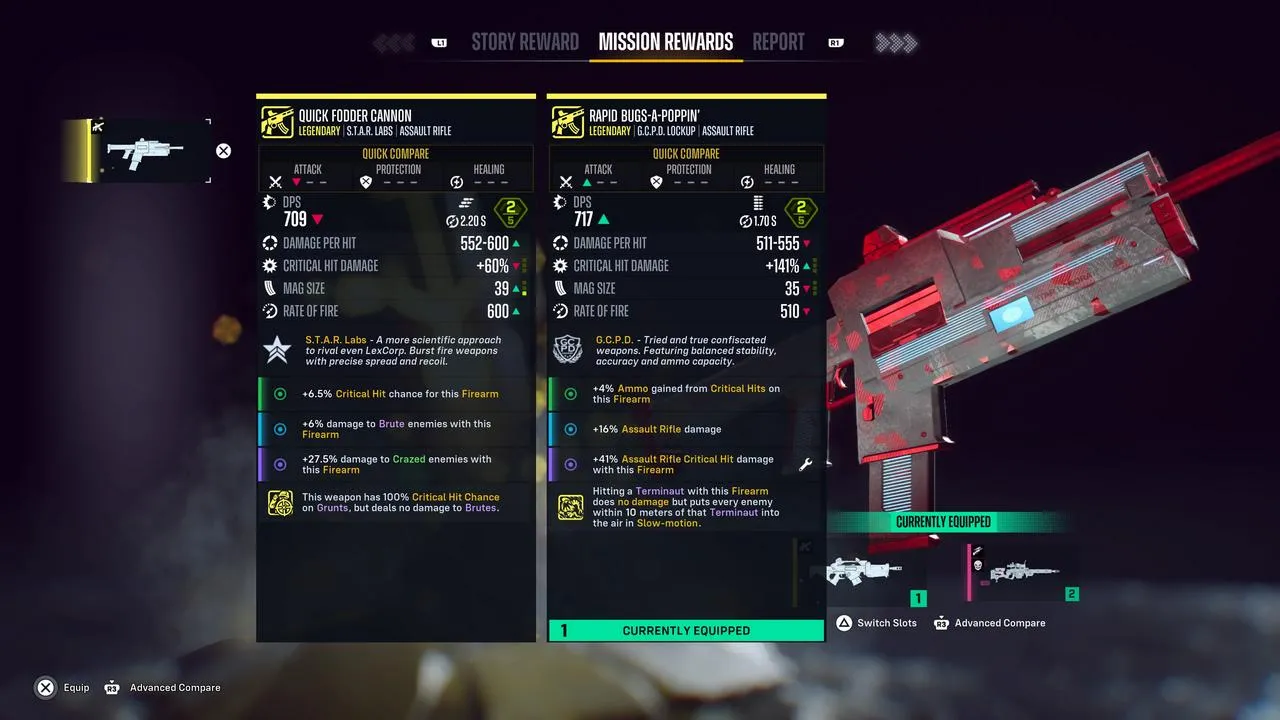 Captain Boomerang throwing his boomerang.
Captain Boomerang throwing his boomerang.
The Troublesome Live Service Model
Unfortunately, Suicide Squad: Kill the Justice League‘s adoption of the live service model proves to be its biggest downfall. The game feels incomplete at launch, with a short campaign (around 12 hours) and a limited selection of cosmetics. Compared to other live service titles like Diablo 4, the content offering feels significantly lacking, especially considering the similar price point.
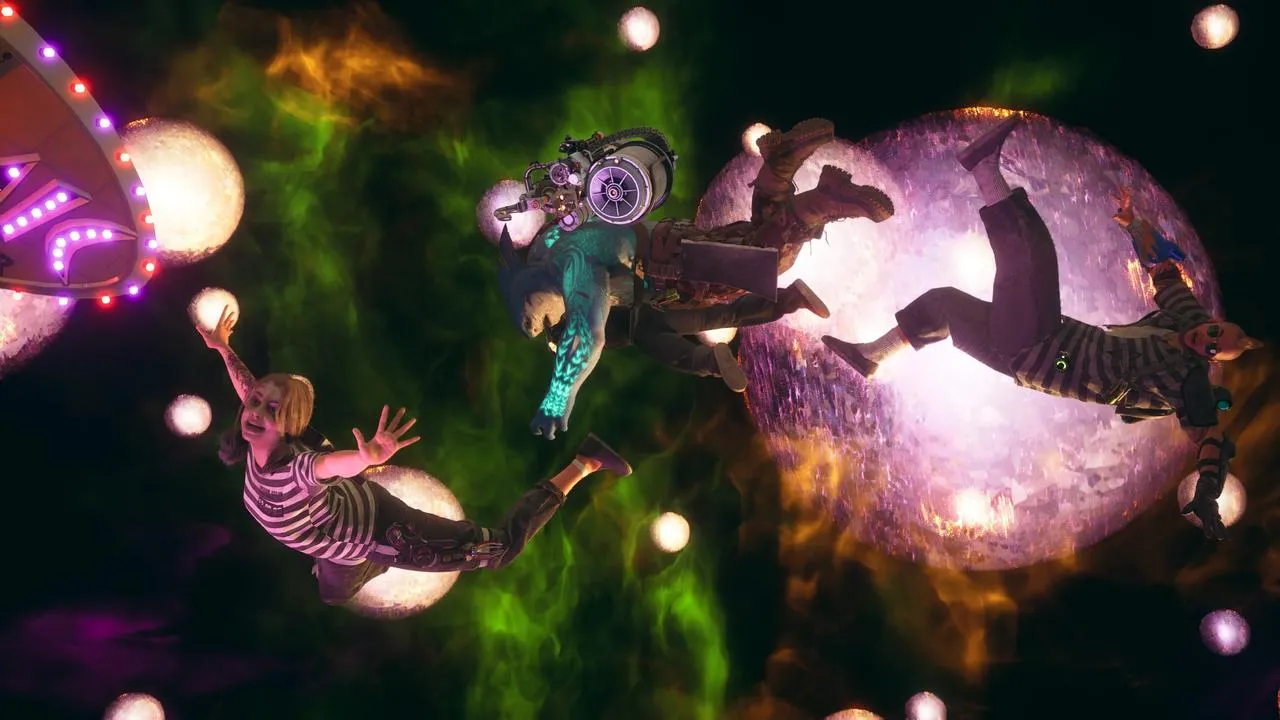 Amanda Waller looking serious.
Amanda Waller looking serious.
The always-online requirement also presents its own set of issues, from connectivity problems to server maintenance interruptions. Furthermore, bugs such as infinite loading screens and unintended mission completions further detract from the experience.
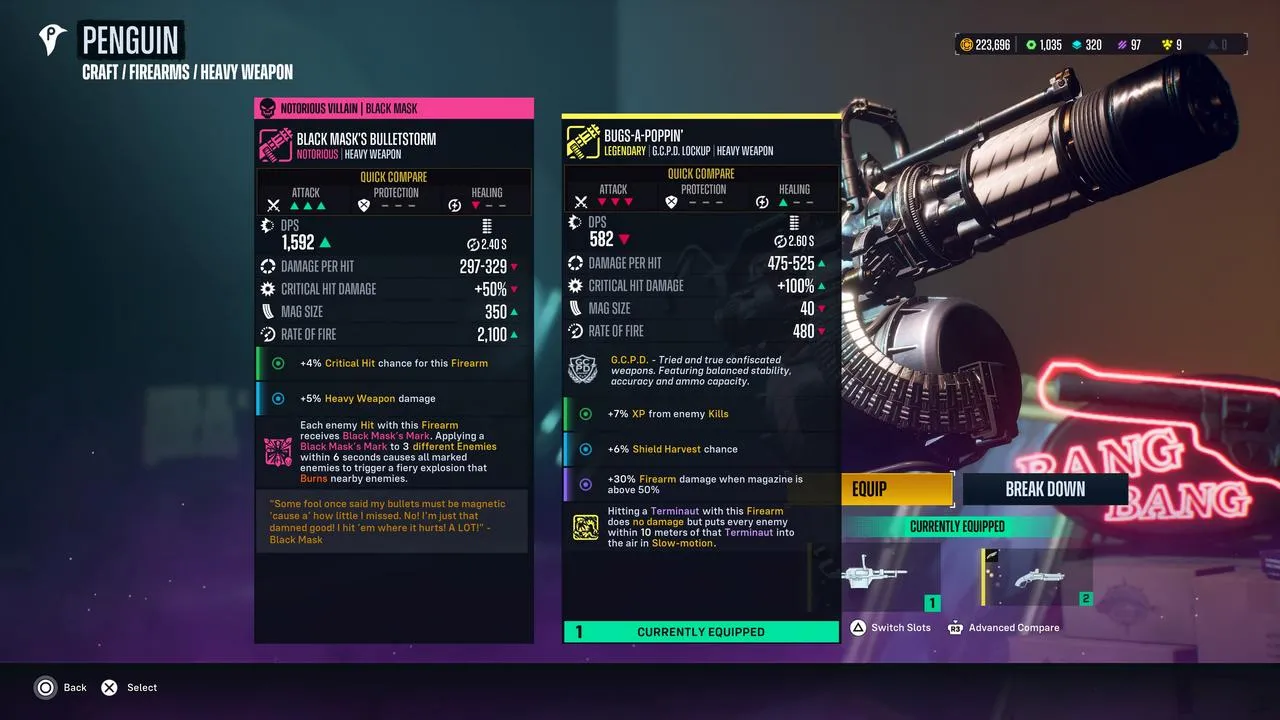 Harley Quinn aiming her gun.
Harley Quinn aiming her gun.
Repetitive Missions and a Confined Metropolis
While the combat is enjoyable, it’s hampered by a repetitive mission design and a limited map. The lack of cover mechanics necessitates constant traversal, leading to most combat encounters taking place in the air or on rooftops. The verticality of the map, while initially interesting, quickly becomes monotonous. Enemy variety is also lacking, and their tendency to flee to higher ground can become frustrating.
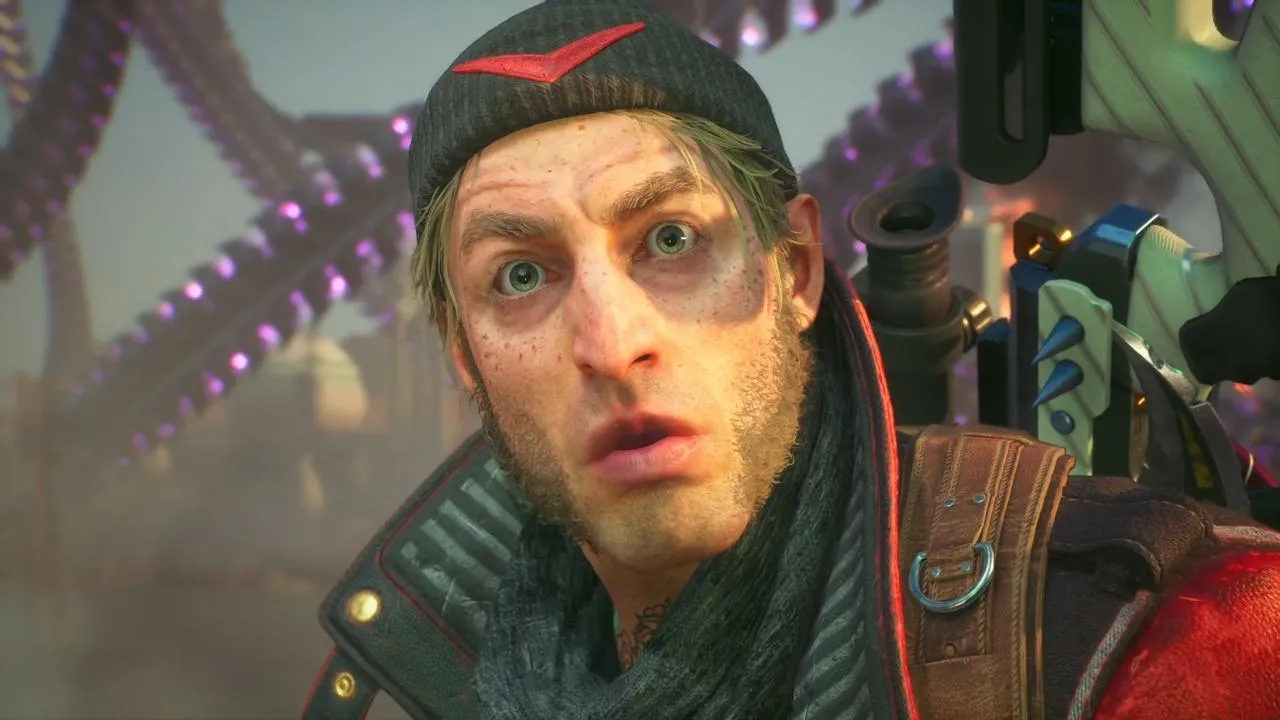 Deadshot aiming his sniper rifle.
Deadshot aiming his sniper rifle.
The side missions, known as Support Squad missions, are equally repetitive and often introduce arbitrary restrictions. For example, Toyman’s missions require critical hits only, while Rick Flagg’s missions limit you to grenades. These limitations feel more tedious than challenging.
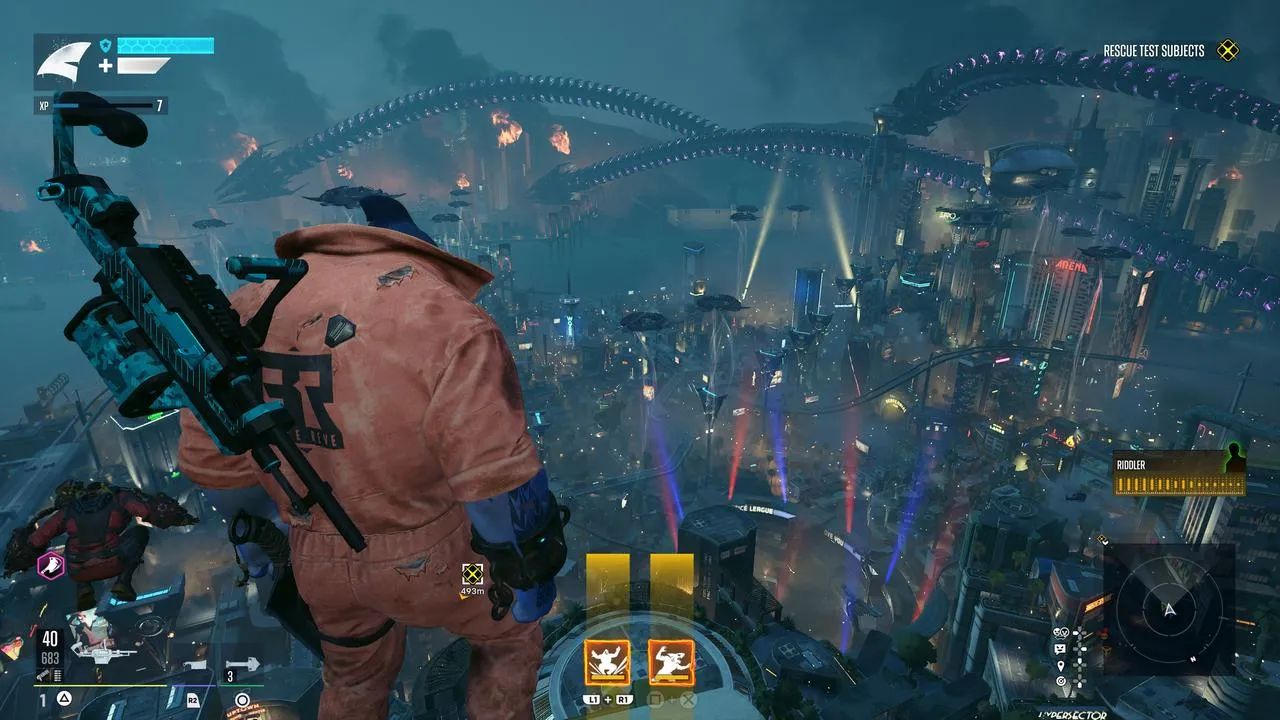 The Suicide Squad facing a giant enemy.
The Suicide Squad facing a giant enemy.
Conclusion
Suicide Squad: Kill the Justice League offers a fun but ultimately flawed experience. The engaging combat, charismatic characters, and humorous narrative are let down by the restrictive live service model, repetitive missions, and a limited map. While the core gameplay holds promise, the game feels underdeveloped and lacks the depth and polish expected from a Rocksteady title.
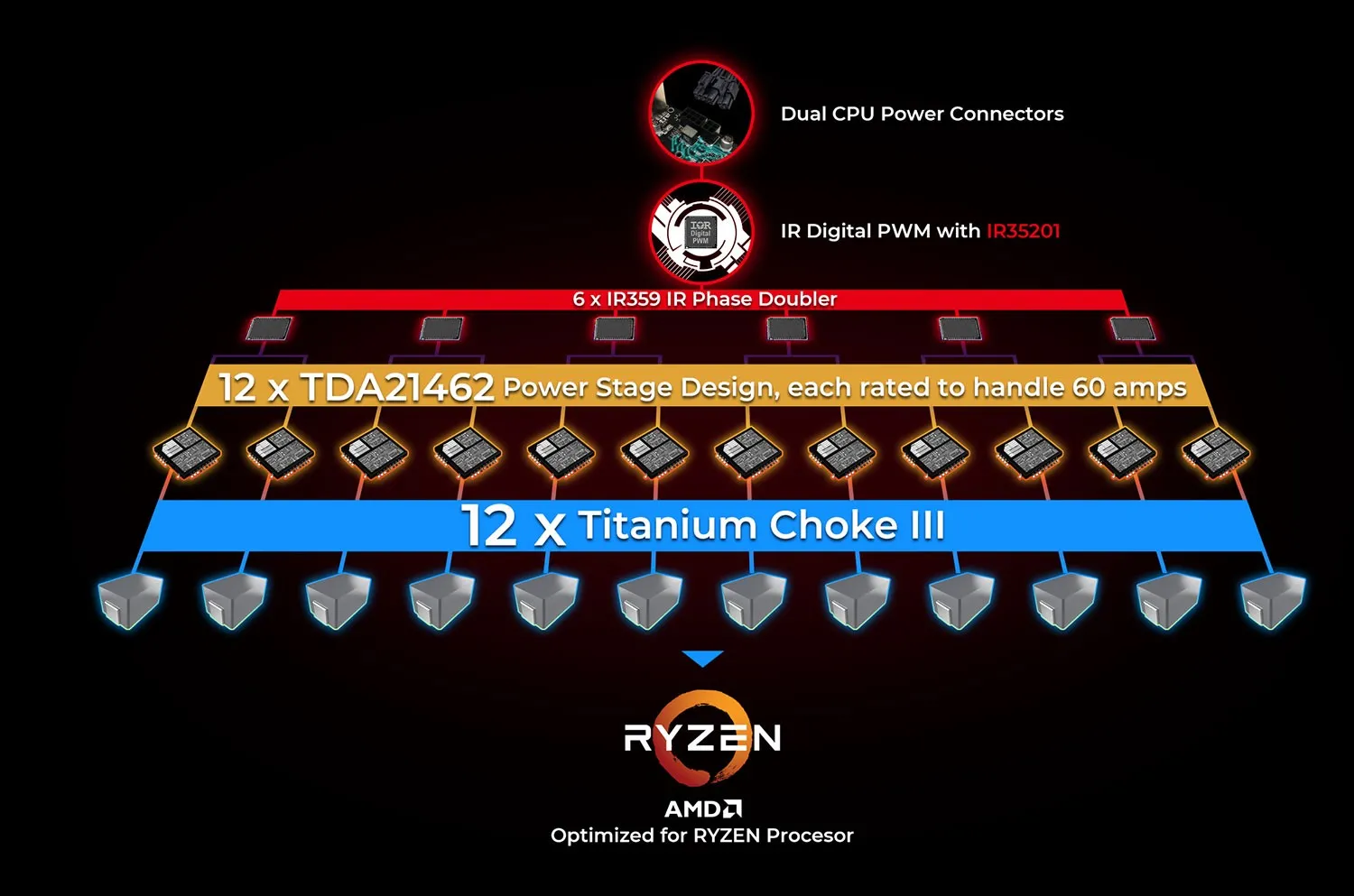
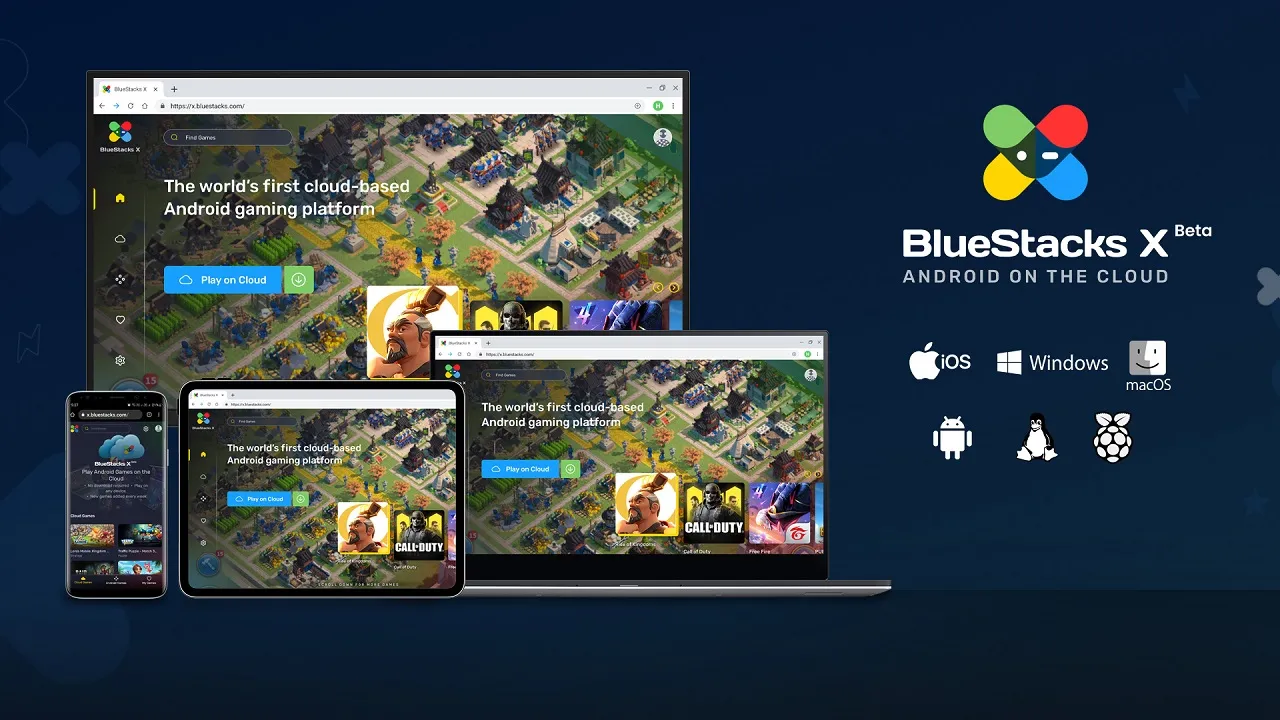
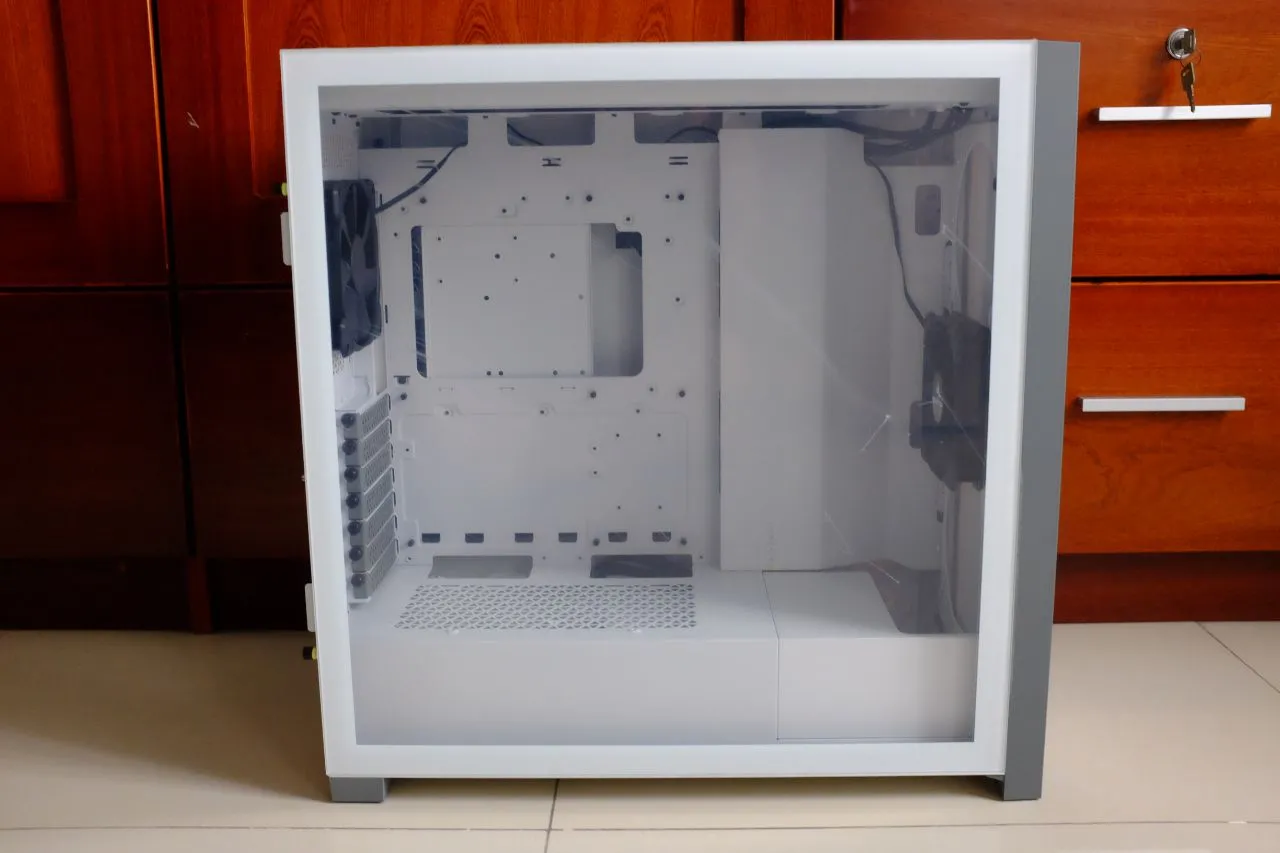
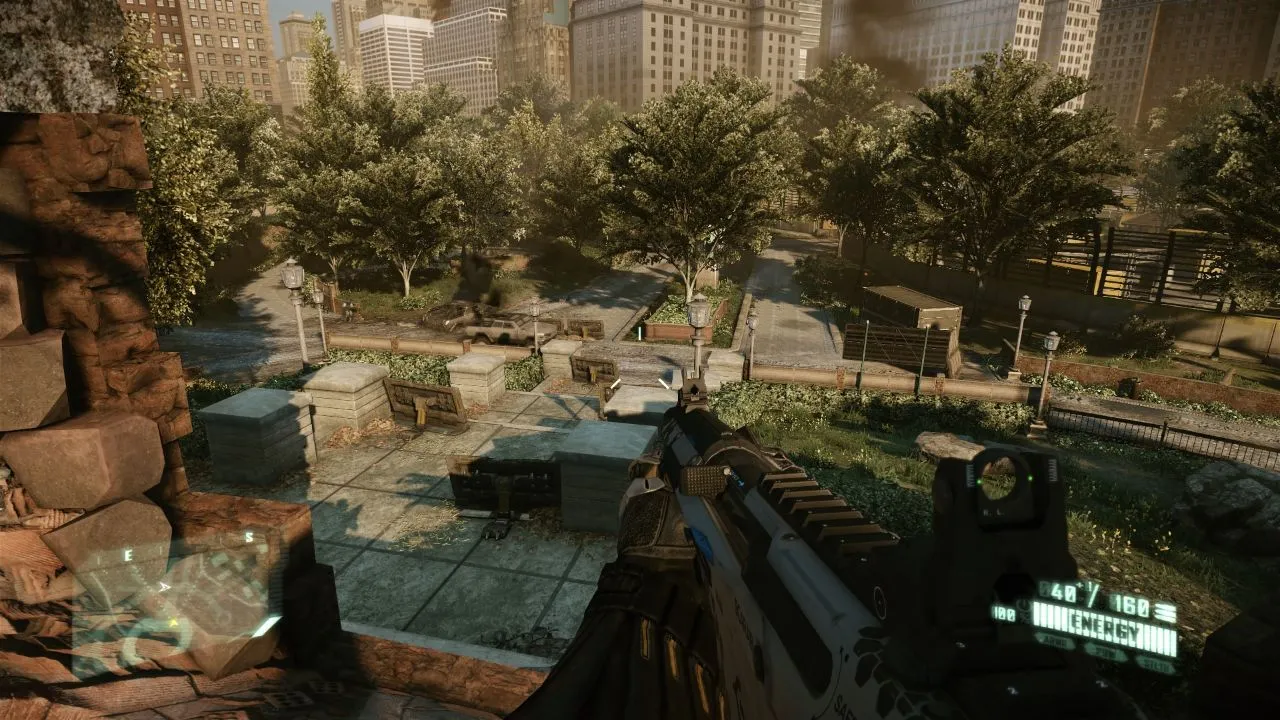
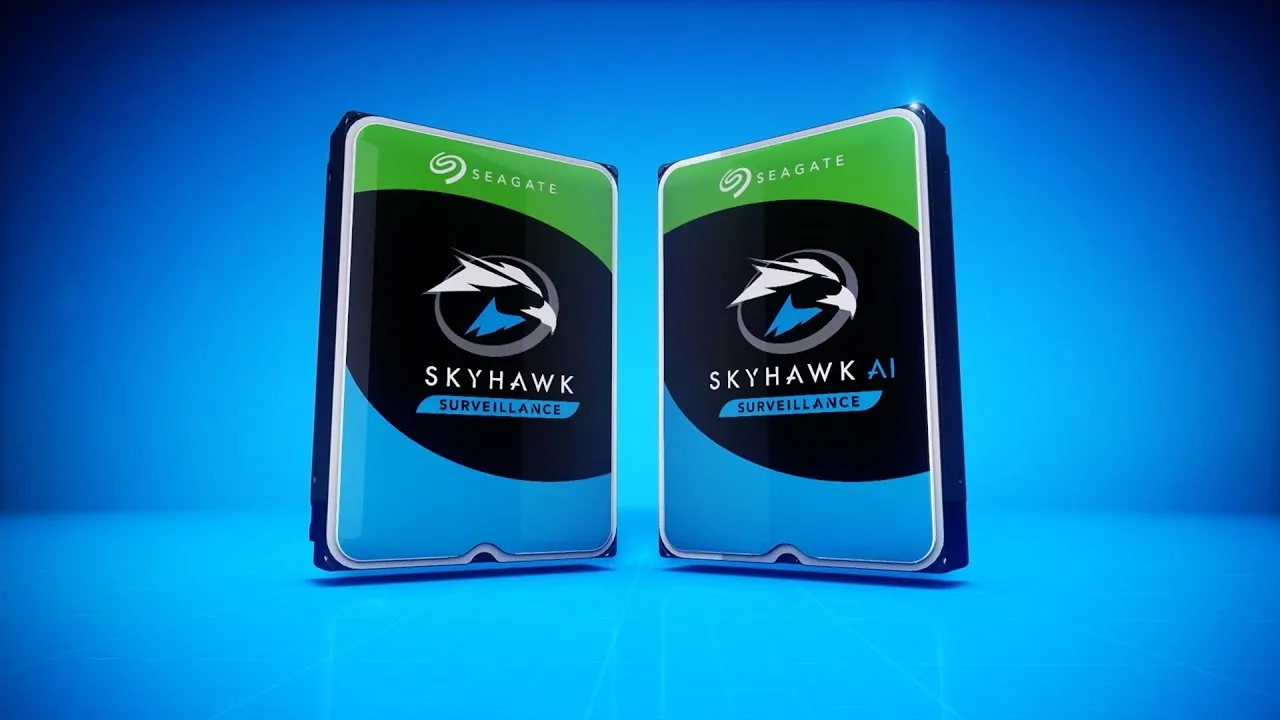
Comments (0)